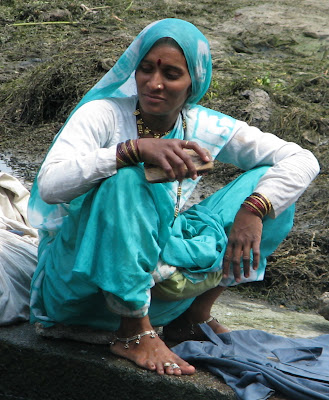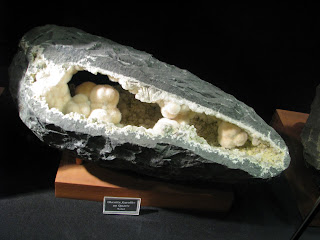HAPPY DIWALI- ALSO FOR THE RAGPICKERS ?
TIMES NEWS NETWORK
New Delhi: As the Central Market at Lajpat Nagar shimmered and everyone went about shopping and eating out with family, 10-yearold Dipak pushed through the crowd with a sackful of rags on his shoulder. Diwali is serious business for ragpickers like him for this is when they make that extra buck with gift wrappings, cardboard containers and disposable plastic strewn all over the place.
Dipak starts his day as early as 5am and leaves his house in Badarpur to collect the rags before Central Market opens. Festival time means more work for the wrappings disposed of by shopkeepers are better in quality. The day’s collections from the sale of these waste items gets the children anywhere between Rs 50 to Rs 100 on an average. Festival days are, however, special and rags can fetch anywhere up to Rs 150 a day.
Rahul, 12, comes from Madanpur Khadar to Central Market with his grandmother to sift out useful waste from the lanes of the market.
He said that the collection of plastic wrappings has gone down this time due to the plastic ban. Ragpickers earn up to Rs 150 during festivals as compared to Rs 50-150 on normal days 
Festival means boom time for city ragpickers
A vacant parking space in the middle of the market reveals the Diwali collection of these ragpickers. On the eve of the festival the children and their guardians were seen going through large sacks of waste items. From used glasses, plates, empty bottles, cardboard wrappings to ropes and containers, the sacks stock almost every piece of useful waste collected through the day. While Moushmi’s mother sorted the waste, the five-year-old giggled away smashing and rolling a used plastic glass a shopper threw along the way. For these children, life revolves around waste.
Ten-year-old Zakir who had a busy day in crowded Sarojini Nagar market pointed that after the market closes the collection process will pick up as that’s the time when the police doesn’t chase them away.
The buzz and the glamour of the markets is in absolute contrast to their lives, but these ragpickers perform their roles focussing only on the road below watching out for every small piece of waste that can get them money.
Ragpickers earn up to Rs 150 (approx 2 Euro) during festivals as compared to Rs 50-150 (approx 1- 2 euro)on normal days
A more cynical news paper article is indeed hard to find










































